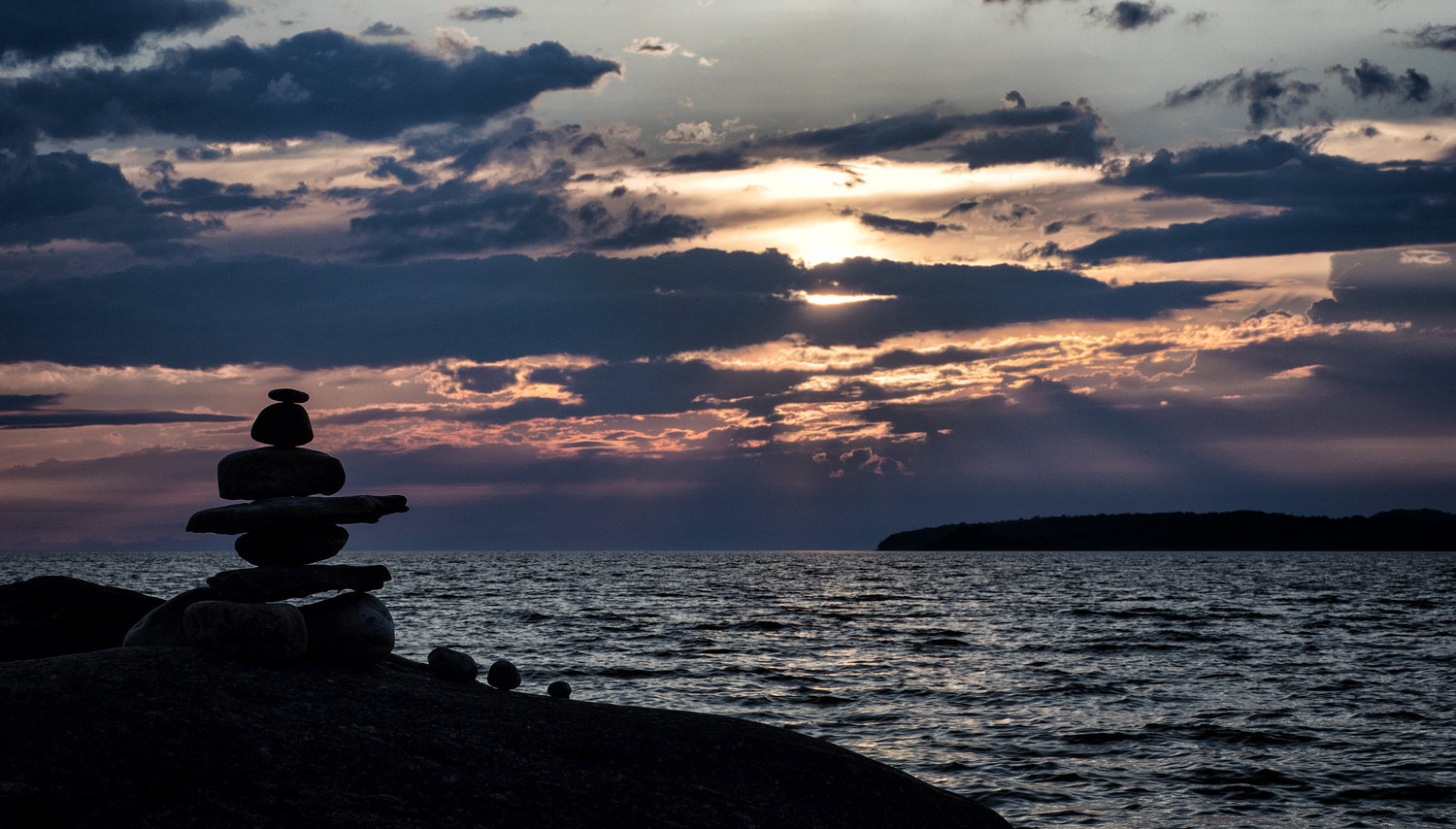Why I shoot with Olympus Cameras Pt 2 of 2
Well since switching to the Olympus system I haven't really looked back. I have been incredibly satisfied with the system and the results of the how the system all works together.
The quality of the lenses, the weather sealing and the functionality (wi-fi, mirrorless, fast lenses, and fast burst rates) were all things Nikon and Canon seemed unable/unwilling to do. As of the date of this blog, the two big guys (Canon/Nikon), still have not done anything significant in this area. Really the main things missing from the Olympus is the bigger sensor in full frame cameras that affects the bokeh in portraits and night time noise sensitivity (the Olympus uses a sensor called a micro 4/3 sensor has a crop factor of 2 relative to a full frame sensor). This means that the sensor is actually about 1/4 the area of a full frame camera sensor. I now have the OMD EM5 mkii (as my backup and carry around camera) and an OMD EM1 Mkii as my main system. The improvements have been significant on all of the them with really cool features.
Different manufacturers have different product specializations. Nikon has great still DSLRs, but have struggled as a smaller camera company. They also use (mostly) Sony sensors but aren't all that strong on video, Canon on the other hand is making lots of great Pro and Consumer DSLRs (they sell 3 x more cameras than Nikon) but they tend to resell the same sensor over and over again with limited incremental features. Panasonic cameras (also micro 4/3's) are incredible for video and set the standard and while also very good for stills, their strength is in video. Fuji cameras have hipster chic down pat and provide really top notch cameras with unusual features and a different senor configuration. Finally Sony has blasted out of the gate with really high resolution full frame still cameras with incredible great tech but they keep updating cameras at such a frantic rate that sometimes the replacement for a camera comes out while the old model was still doing well.
Olympus has focused on smaller lightweight cameras that can focus fast, have incredibly great lenses and produce great still images. What's also interesting is that Panasonic and Olympus lenses/cameras will accept each other's lenses.
One of the things I shoot a lot of is pets. Pets are incredibly fast moving and don't really listen to people. As a consequence, trying to get them in focus can be a challenge. Initially this was my biggest beef with Olympus. For sports or pet photography, the continuous tracking feature couldn't keep up and you would lose lots of great images due to being out of focus. With the new EM1 Mkii, this problem was solved. They redeveloped the camera so that the autofocus was reliable and quick. For my pet photography, I went from about at 40% in focus rate with continous focus to somewhere in the high 80's.
The other issue of bokeh relates to portraits. The concept of bokeh is that to create separation from the background (blur the background) you need really fast lenses on a big sensor. The smaller sensor in the Micro 4/3 system means that you lose the equivalent of about 2 stops of light for depth of field and ISO even though optically the lens operates the same (this is pretty technical). To accommodate this Olympus released a super-fast lens (25mm f1.2 prime). This has the equivalent bokeh, depth of field of a f2.8 portrait lens for a full frame camera. This is a big accomplishment. The depth of field is so shallow that a subject's eye may be in focus but their nose isn't. This new lens is a 50mm equivalent. The autofocus is great, it is super sharp and gives great bokeh.
What does it mean? Well, for all practical intents, it means that an Olympus system can do everything a pro photographer needs. While other manufacturers haven't been sitting still, the reality is that now these added features really don't do much for the everyday photographer. File sizes are too large; the equipment is too big and heavy; the features of so complex you need an degree simply to modify the menu system and all modern camera make great images.
Nowadays, the real limitation is the eye of the photographer. This, however, is why I shoot with Olympus cameras.
Mark


